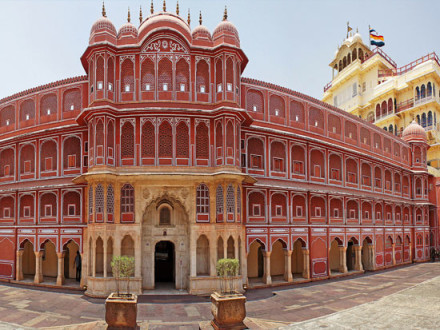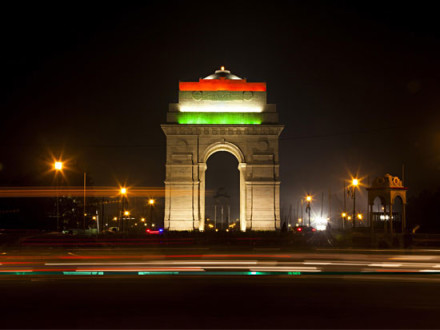The tomb of Mughal emperor Humayun in Delhi, India was commissioned by Humayun’s first wife Bega Begum and was designed by Mirak Mirza Ghiyas a Persian architect that Bega Begum chose. Humayun’’s tomb was the first garden tomb that was built in India. Located in Nizamuddin East in Delhi it is very close to the Citadel –Purana Quila that was founded by Humayun.
Purana Quila
Purana Quila was the first structure to use red sandstone at a large scale. Humayun’s tomb was declared UNESCO World heritage site in 1993. The tomb has undergone several restoration works. Besides the main tomb of Humayun, there are several smaller monuments on the pathway. Within the complex of where Humayun’s main tomb is located is where the graves BegaBegum,Hamida Begum and Dara Shikoh are present.
Mughal architecture.
Humayun’s tomb was a huge representation of great Mughal architecture. Humayuns body was initially buried in Purana Quila. Later his body was taken to Sirhind in Punjab by Khanjar Beg. The fear that dominated at that point was that Hindu King Hemu might damage the tomb since he had defeated the Mughal forces in Agra and Delhi.
Construction of the Humayun’s tomb
Bega Begum passed on the orders to build Humayuns tomb. Bega also called Haji Begum was the first wife of Humayun. She was also the chief consort. Nine years after the death of Humayun the construction work for Humayuns tomb commenced. At a whopping cost one and half million rupees the tomb was completed in 1572 AD. Bega Begum took care of the complete construction. When Haji Begum returned from mecca she supervised the construction of the Humayun’s tomb .
Mirak Mirza Ghiyas was brought from Herat, Northwest Afghanistan. He was a Persian architect and the construction of Humayun’s tomb is attributed to him. He was chosen by Haji begum to carry out the completion of the tomb unfortunately he passed away and the responsibility was later taken over by Ghiya’s son.
Interior of the Humayun’s tomb
The interior of the tomb comprises of rich furnishing and this was described by an English merchant in his visit to the tomb in 1611. His description showcased rich carpets, shamiana tent above the cenotaph covered with a pure white sheet comprising of copies of the Quran.
The once famous Charbagh was spread over thirteen hectares of around the monument. Humayun’s tomb appears like a simpler version of the Tajmahal. Humayun’s tomb is another magnificent example of Mughal architecture that till date attracts the awe of several architects. Humayun’s tomb attracts a substantial amount of tourists throughout the year. Humayuns tomb is worth a visit in Delhi tour package because of the intricate architecture style used in making it and the grand history behind how it came into being attracting so many visitors




